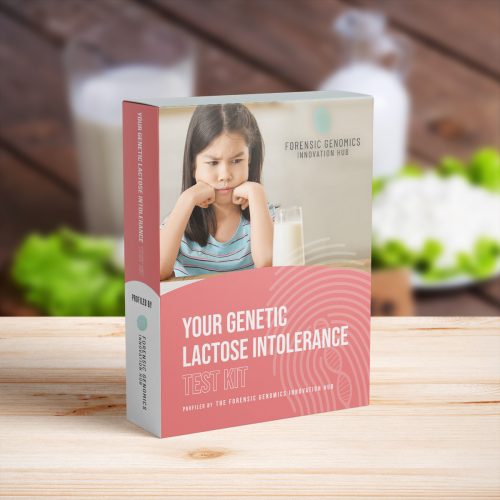How does OAS Affect the Food Industry
You could be forgiven for thinking that a pollen allergy would not affect the food industry, but OAS can have a direct impact on diners and deserves attention, particularly in allergy-aware kitchen environments.
Raw vs. Cooked: Why It Matters
The key difference with OAS lies in the preparation method. Heat alters the structure of the responsible specific proteins in most fruits and vegetables, which usually makes them harmless to those with OAS. For example, someone with OAS may react to raw apples but have no issues with cooked apples in a tart or compote.
This has clear implications for menu design and communication. Offering cooked alternatives, purees, or roasted versions of common OAS trigger foods can provide safe options for sensitive guests. Additionally, staff should be trained to understand these differences and clearly communicate how ingredients are prepared.
OAS customers are at an increased risk of more severe reactions with concentrated sources of plant allergens. These include smoothies, juices, soy/nut milks or nutritional supplements e.g. based on pea or soya proteins.
Best Practices for Caterers
Ingredient Transparency
Always label ingredients clearly, especially in raw salads, fresh fruit displays, or cold pressed juices.
Staff Training
Educate staff about OAS and how it differs from traditional food allergies.
Offer Alternatives
Provide cooked or processed versions of common OAS triggers when possible.
Communication
Encourage open dialogue with guests who identify as having allergies or sensitivities.
Nowadays dietary needs and sensitivities are becoming increasingly complex, so being knowledgeable about conditions like Oral Allergy Syndrome helps catering professionals stay informed, ensures client safety, develops trust, and deliver excellent service. Sufferers are more likely to return if they know their condition is taken seriously.
Learn more about how specific IgE testing using a combination of traditional and molecular allergens can accurately diagnose Oral Allergy Syndrome (Pollen Food Syndrome)













